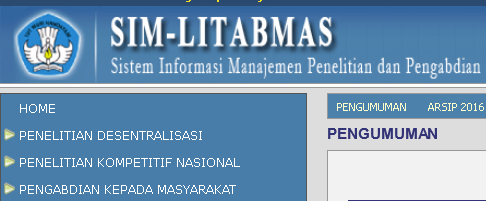Edwin Agung Wibowo
(Dosen Prodi Manajemen UNRIKA Batam)
This paper has used a comparative study for the key findings of the experimental studies. The several aspects such as the legal framework, economic, culture and macro environment are subjected to be compared to measure the main gap as the issues between theoretical legal framework and IPR administrative procedures in China. In addition, this paper includes several sources of experimental data from library, journals and Internet in order to obtain the accurate information for the comparative study.
Limitation of Study
The scope of this paper is only comparing several assumption of costs and benefits of intellectual property rights (IPR) as literature review. Moreover, its cover brief current situation IPR particularly a number of laws in China, and discuss two case studies regarding property right issues in China. The outcome from this paper can be considered as measurement of any personal, companies or countries in order to performing join venture, foreign direct investment (FDI), licensing in China and providing several possible solution regarding IPR issues in China.
Introduction
The Definition of Intellectual Property Rights
According to WTO, Intellectual property rights (IPR) are the right granted by government and given to the particular person who had idea or creation of their own. Similarly with Chatterjee et al (2006), believe that IPR are legal entitlements given by authorities to the original creator that provide rights to use their intellectual property for a certain period.
According to WTO, the scope in Intellectual property right can be divided into two main parts:
- Copyright and right related to copyright
The rights are regulate author of literary and artistic works such as books and other writings, films, sculpture, computer programs and painting are protected by copyright, for a minimum period of 50 years after the death of the author. Copyright also regulate to performers such as singers, musicians, actors, producers and broadcasting organization. This reason of copyright regulation is to promote and reward for innovator or creative work.
- Industrial Property
The industrial properties are customarily divided into two main parts:
- First part is protection to distinctive sign, in particular trademarks (such as distinguish the goods or services of one company with the other company) and geographical indications (which recognize a good as originating where a given characteristic of the goods is essentially attributable to its geographical origin). The reasons of this protection are to encourage and guarantee fair competition and to protect consumers. Moreover, the regulations also to inform customer regarding make choices among variety of goods and services. This protection may last for indefinite time.
- Second, another type of protection is regulate invention (which protected by patents), industrial designs and trade secrets. Main purpose of this regulation is to encourage creation of technology, design and innovation. Moreover, it’s also having social objective which providing protection for investment of new technology; hence provide incentive to support research and development. Intellectual property rights also encourage the technology transfer of technology thorough FDI, joint venture and licensing. This protection usually last depend on the agreement, (for example, 20 year for patents).
Even the Intellectual property rights has generate benefits, however the protection that given to the creator have limitations and exceptions. The IPR is considering the cost and benefit for the holders and user of particular products and services.



